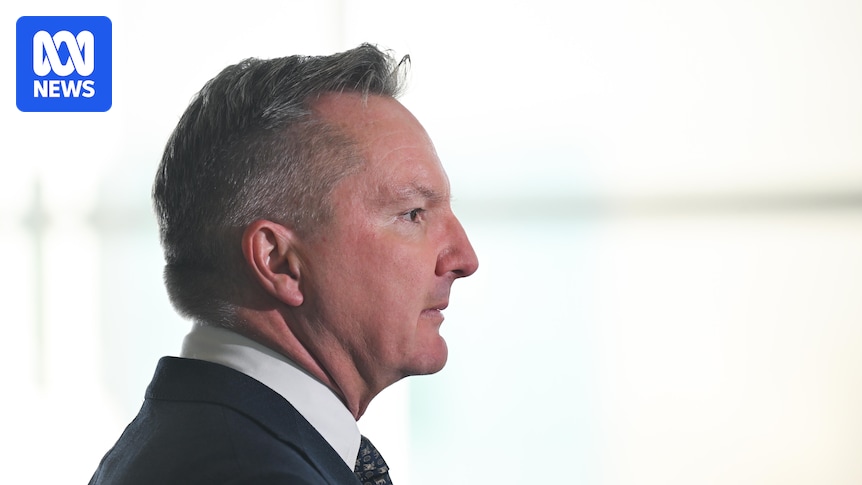
Australia’s Climate Change Minister, Chris Bowen, has indicated that the 2035 emissions target may not be enshrined in legislation, marking a departure from the government’s approach to its 2030 target. Bowen stated that he would need to evaluate the political landscape after the target’s announcement to determine if it can garner sufficient support to become law.
The 2035 target, set to be unveiled this month, is designed to elevate Australia’s climate ambitions and serve as a significant milestone toward achieving net zero emissions by 2050. In a comprehensive interview with the ABC, Bowen emphasized that while legislating the 2030 target provided businesses with certainty, the political environment has since evolved.
“We don’t need to [legislate] under the Paris rules of course … that is something I would discuss with parliamentary colleagues, about whether legislating a 2035 target is a feasible thing to do or not,” Bowen stated.
Political Dynamics and Legislative Challenges
Bowen noted that the decision to legislate the 2030 target was crucial in signaling a shift in government and parliamentary attitudes following a decade of climate policy inertia. However, the current political dynamics present new challenges. The simplest route for the government to pass its target is through the Greens, who hold the balance of power in the Senate. Meanwhile, the Coalition is still reassessing its net zero commitment.
The Greens are reportedly anticipating a target of at least 70%, viewing anything less as a regression in ambition. The Climate Change Authority (CCA) is expected to soon provide advice on a 2035 target, having consulted on a range between 65% and 75%.
The difference between the high and low ends of that range is about 63 megatonnes of CO2 emissions annually, equivalent to the per capita emissions of approximately 3.3 million Australians.
Global Influences and Offshore Wind Investment
Bowen highlighted the impact of global developments on Australia’s climate ambitions, particularly the return of Donald Trump to the U.S. presidency, which has led to America retreating from its climate commitments. Such international shifts, Bowen argued, influence investment decisions globally, including in Australia.
“The sorts of decisions taken by the United States have a real impact on investment decisions for companies that aren’t in the United States in countries that aren’t the United States,” Bowen explained.
The minister stressed that a U.S. pullback on renewables affects investment in offshore wind projects worldwide, not just domestically.
Upcoming Climate Reports and National Initiatives
September is set to be a pivotal month for Bowen, with the government poised to release its Net Zero Plan alongside the 2035 target. This will be the first comprehensive assessment of a pathway to net zero since the Morrison government outlined its 2050 commitment.
Additionally, the first national climate risk assessment is expected soon, which Bowen described as “compelling” reading.
“It will show our country has a lot at stake. I wouldn’t necessarily call it a scary document, but it is a serious document which will show that we have a lot at stake in getting this right,” Bowen stated.
The report aims to underscore the significant costs of inaction on climate change, presenting a stark reminder of the importance of decisive action.
Public Support and Regional Engagement
Despite some state-level opposition to net zero commitments, Bowen highlighted the popularity of the government’s $2.3 billion home battery subsidy scheme. The initiative has seen 46,000 installations within two months, with discounts of up to 30% on offer.
The scheme has been particularly well-received in outer suburban and regional areas, demonstrating widespread support for climate action across Australia.
“Anyone who suggests rural Australia is full of climate change deniers is just wrong. They have views about how it should be done, and we should listen to those views as much as we possibly can,” Bowen remarked.
As Australia navigates its climate policy landscape, the coming months will be crucial in determining the country’s trajectory toward its 2035 emissions target and beyond.







